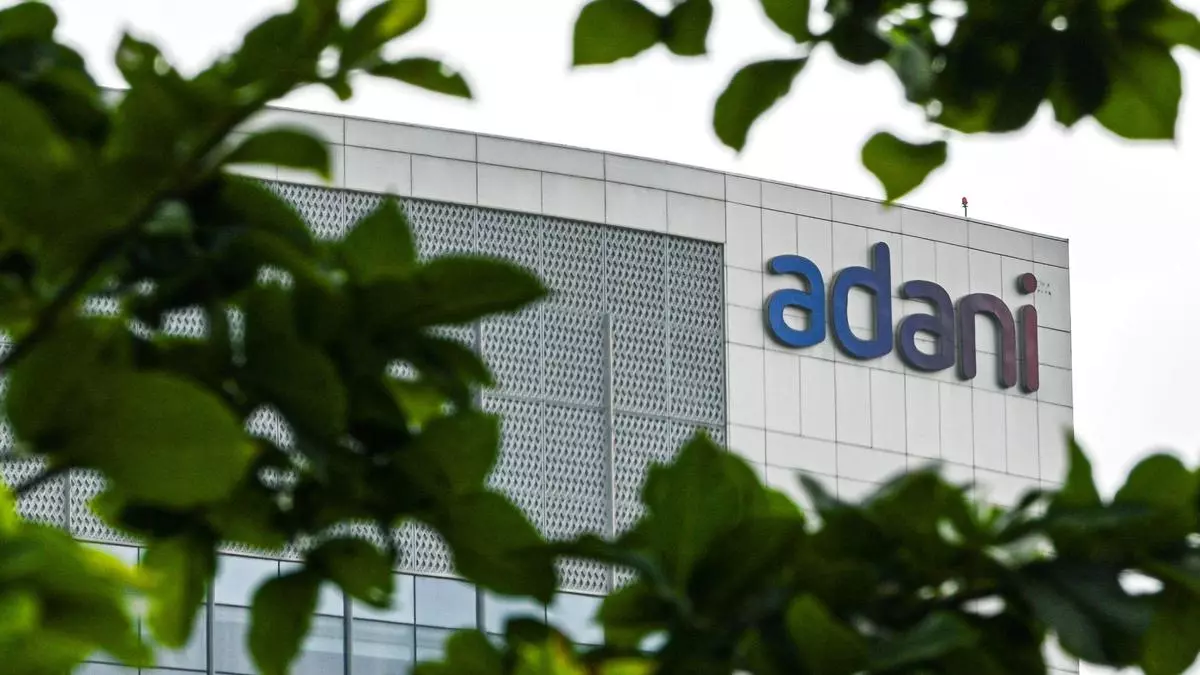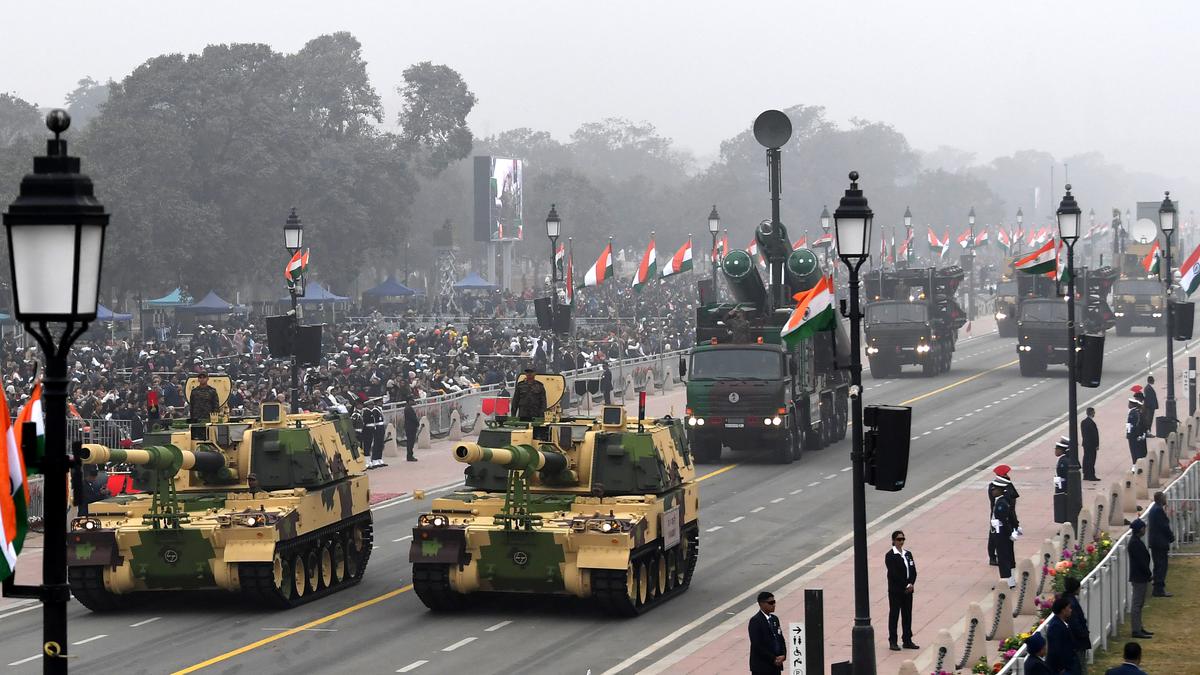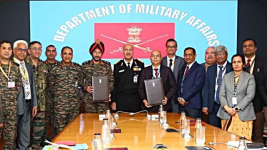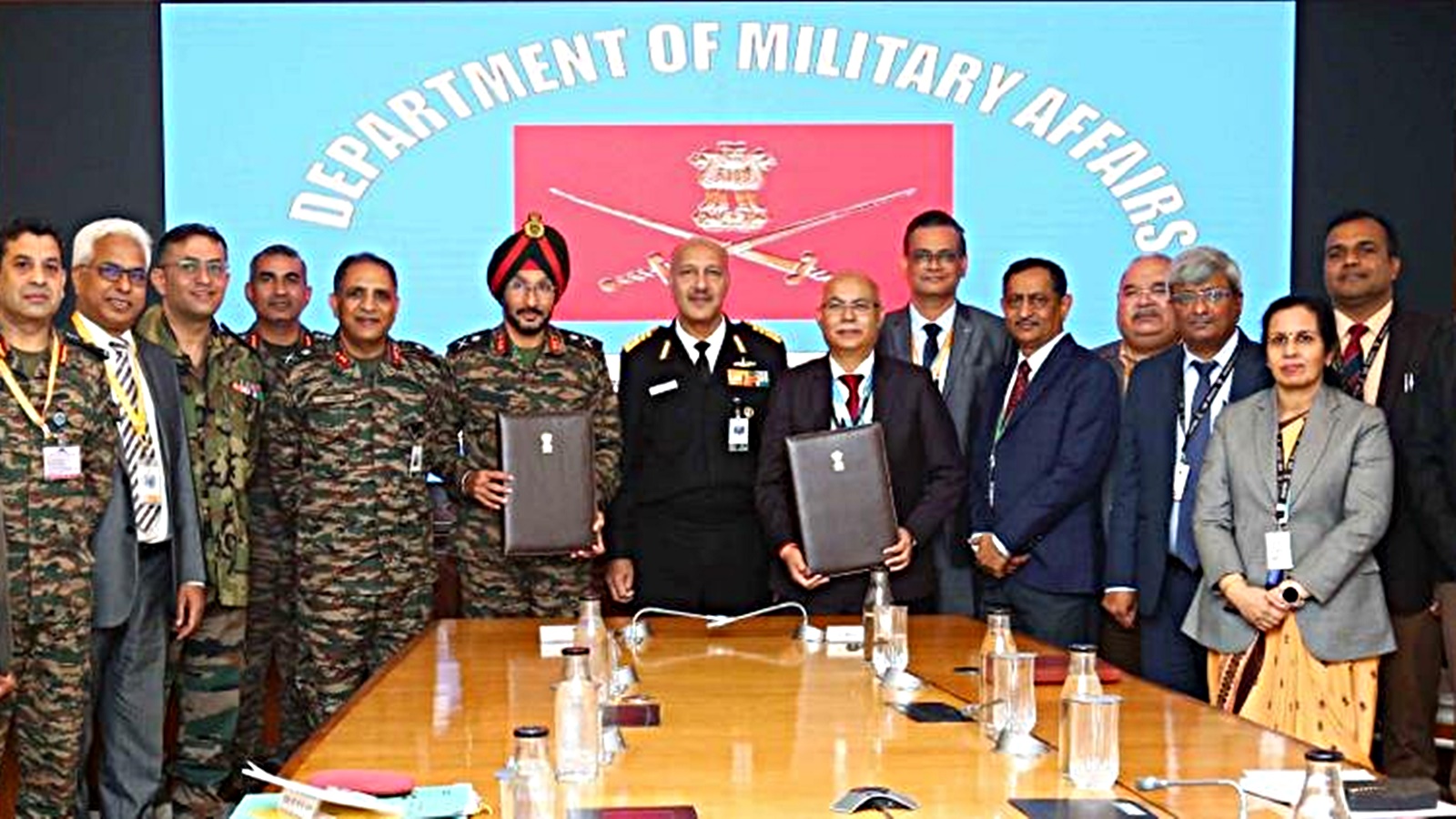Joe Shearer
INT'L MOD
- Apr 19, 2009
- 31,959
- 48,758
- Country of Origin

- Country of Residence

Do that.Will dial Rahul Gandhi tomorrow.
Ask people around if you need help figuring out the numbers.
Follow along with the video below to see how to install our site as a web app on your home screen.
Note: This feature may not be available in some browsers.


Do that.Will dial Rahul Gandhi tomorrow.


In the hands of the Kalyani Group, of L&T, of Tata, of Mahindra, or of a whole slew of aviation and aeronautical start-ups especially in Hyderabad and in Bengaluru, yes. Not otherwise.Indian private industries in defence sector would rule the roost in coming years. An era of indigenisation can truly began that was waiting to happen. Pvt industries bring cut throat capitalism efficiency.


MoD inks Rs 5336 cr contract with BEL to procure Electronic Fuzes for Indian ArmySimultaneously, MAKE Programmes for developing new generation ammunition including the Electronic Fuses currently not held in the inventory, are also being progressed”, the General pointed out.




In the hands of the Kalyani Group, of L&T, of Tata, of Mahindra, or of a whole slew of aviation and aeronautical start-ups especially in Hyderabad and in Bengaluru, yes. Not otherwise.


Don't you know Adani is bad for India. Hear the speeches of Prince of congress.What did poor Adani do? He did deliver the IAI licensed MALE drone to Indian Navy. So, they have a good track record?
The same OFB that supplied the allied war effort is now displaced in favour of those who are tarred with a saffron brush.


I'll be happier a couple of years down the line. There are too many shady things going on in his corporate life.What did poor Adani do? He did deliver the IAI licensed MALE drone to Indian Navy. So, they have a good track record?


Try not to make more of an exhibition of yourself than you need to.Don't you know Adani is bad for India. Hear the speeches of Prince of congress.


Do you realise the scope and breadth of that world war, and how it dwarfs any military effort made by free India by a factor of a 1000 or so? We haven't fought any war more than 90 days or so.Sorry but OFB is both inefficient and outdated. We can continue to use them and continut to fight like it's the second world war.


I meant it as a generic allusion, not about the specific product range. It would be appropriate for them to expand to make ammunition for the very guns that they have learnt to make.@Joe Shearer Kalyani is already a major ammo manufacturer. Their focus is bigger in howitzers than on ammo. Let them to what they're good at.


OFB of WW era is same as the current version in terms of efficiency ?Do you realise the scope and breadth of that world war, and how it dwarfs any military effort made by free India by a factor of a 1000 or so? We haven't fought any war more than 90 days or so.
What are you saying?
It isn't the technology, it's the volume, the mass production.
